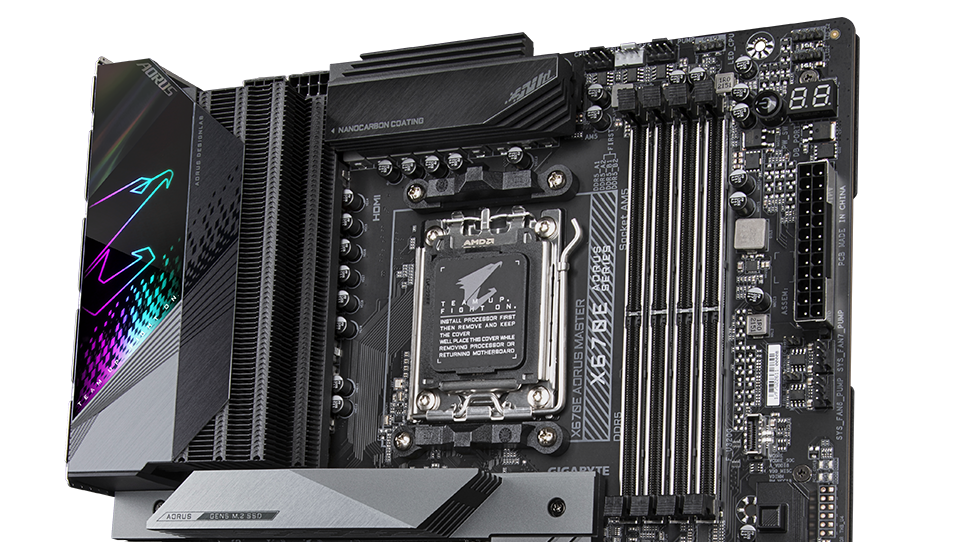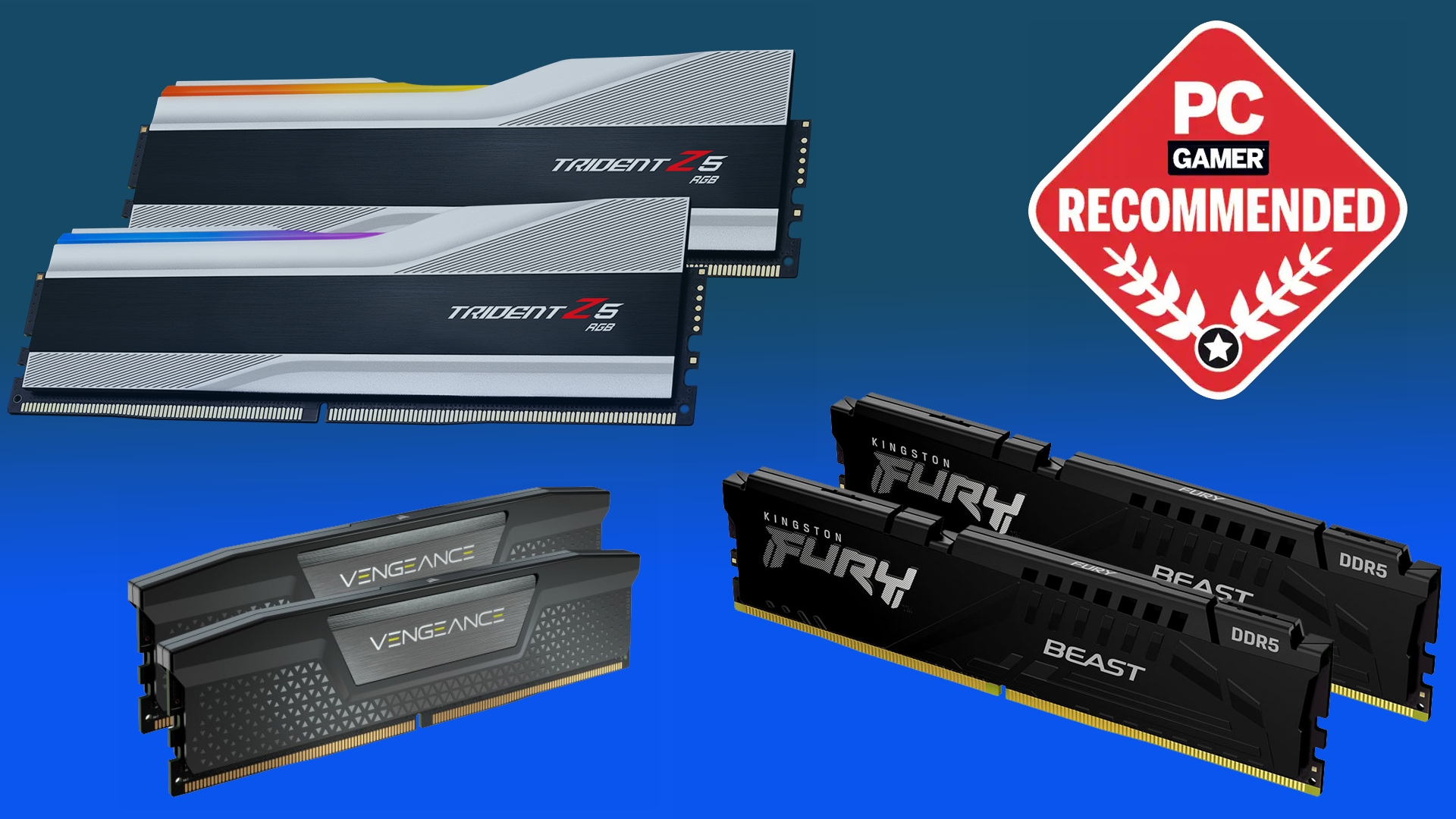AMD's Zen 4 CPUs should perform well with DDR5-6000 memory
The performance sweet spot.

As we draw close to the launch of Ryzen 7000 series CPUs and accompanying AM5 motherboards, enthusiasts start to turn their attention towards some of Zen 4's as-yet-unrevealed characteristics. Questions on overclocking capabilities, cooling requirements, memory support, BIOS functionality, and general platform quirks are things that overclockers and hardware reviewers will be seeking answers to.
On a semi-related note, AMD has done a notable job at minimising leaks despite the launch being a matter of weeks away. Unlike Intel's 13th Gen chips, which have been benchmarked and overclocked, many key details around Zen 4 remain unknown. One of the questions we have regarding Zen 4 regards its memory support, and WCCFTech (via Hot Hardware) has some information on just that.
Firstly, a little background. AMD's memory system architecture is tied in with an internal interconnect it calls the Infinity Fabric. On AM4 DDR4 systems, the memory clock and Infinity Fabric clock are tied to each other in a 1:1 ratio up to a speed of 3,600MHz, or a bit more. But memory is Double Data Rate, so in the case of DDR4-3600, the memory clock and Infinity Fabric clock are 1,800MHz each.
You can set your memory faster than that, but doing so requires a 2:1 ratio, so if DDR4-3600 means the memory clock and IF clock are 1800Mhz to 1800Mhz, DDR4-4000 would equal 1000MHz to 2000MHz. The slower IF clocks means the system incurs a latency penalty which isn't really overcome unless you move to very high-speed memory, which is expensive and not really worth it.

Best DDR5 RAM: the latest and greatest
Best DDR4 RAM: affordable and fast
It seems as though the memory architecture of Zen 4 CPUs remains essentially the same, just tweaked to support DDR5.
According to WCCFTech, the Infinity Fabric can run at around 3,000MHz, which in a 1:1 ratio would mean that DDR5-6000 will become the new sweet spot. Much like with earlier Zen CPUs, you should be able to run faster memory, but then you'll get a latency penalty because of the 2:1 memory to IF ratio.
Games tend to respond better to lower latency than they do to higher bandwidth. With that in mind, it's looking like a good low latency DDR5-6000 kit could be the best way to extract the most from a Zen 4 system. Such kits are falling in price too, meaning fears of prohibitive DDR5 pricing slowing adoption of the AM5 platform are slowly fading.
Keep up to date with the most important stories and the best deals, as picked by the PC Gamer team.

Chris' gaming experiences go back to the mid-nineties when he conned his parents into buying an 'educational PC' that was conveniently overpowered to play Doom and Tie Fighter. He developed a love of extreme overclocking that destroyed his savings despite the cheaper hardware on offer via his job at a PC store. To afford more LN2 he began moonlighting as a reviewer for VR-Zone before jumping the fence to work for MSI Australia. Since then, he's gone back to journalism, enthusiastically reviewing the latest and greatest components for PC & Tech Authority, PC Powerplay and currently Australian Personal Computer magazine and PC Gamer. Chris still puts far too many hours into Borderlands 3, always striving to become a more efficient killer.

